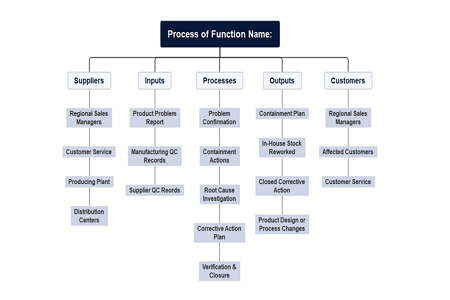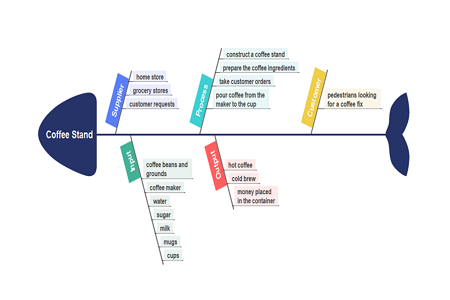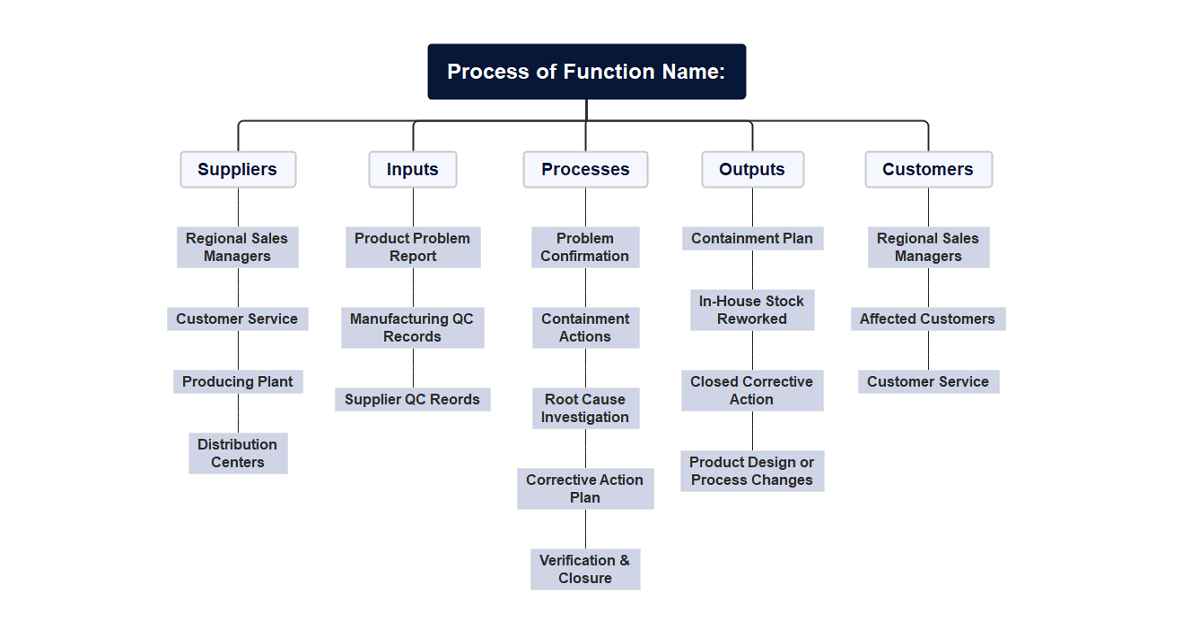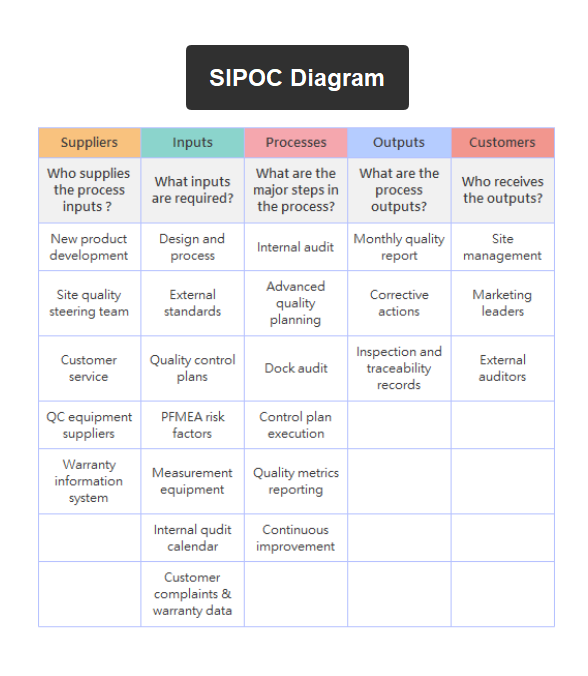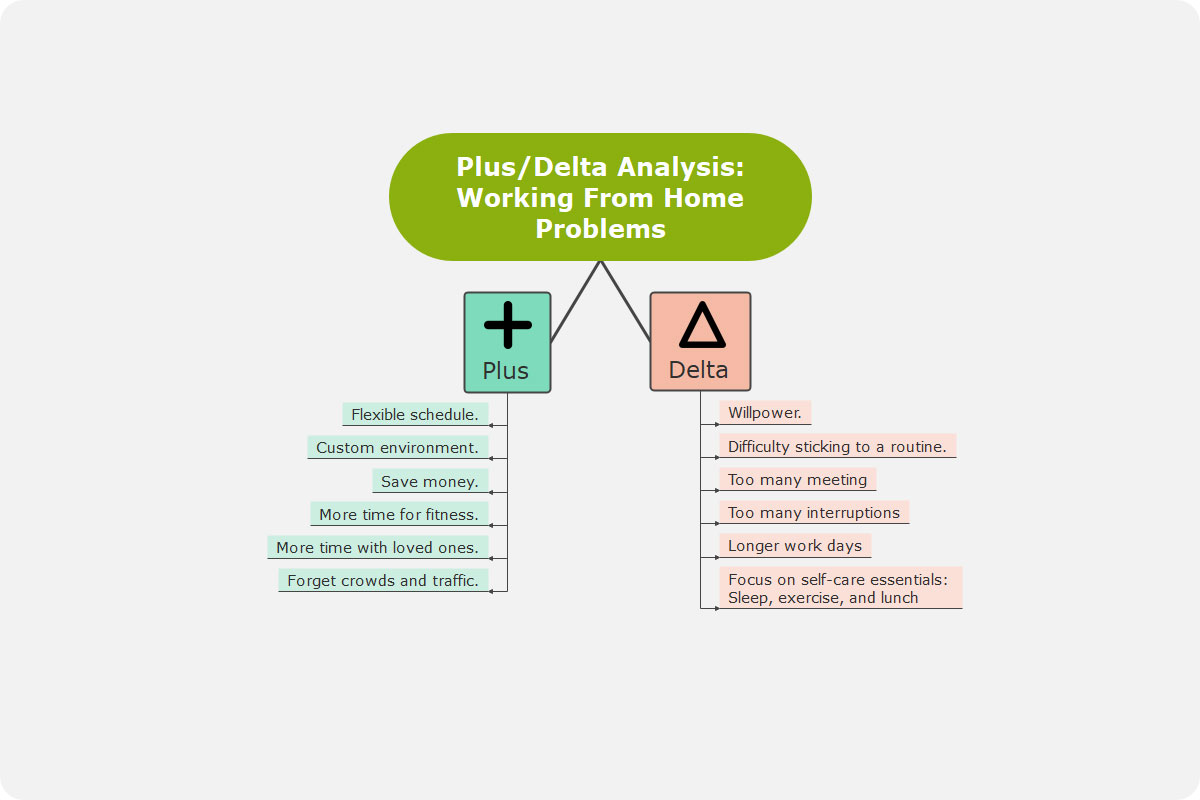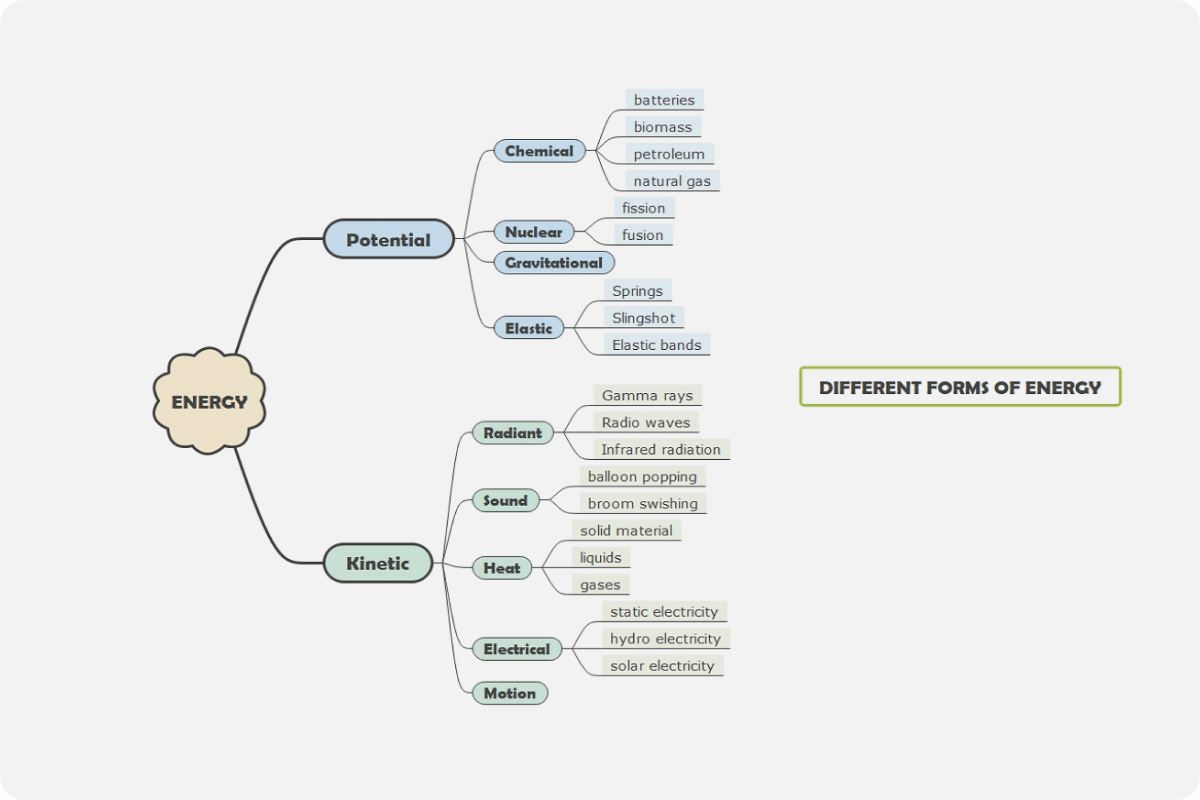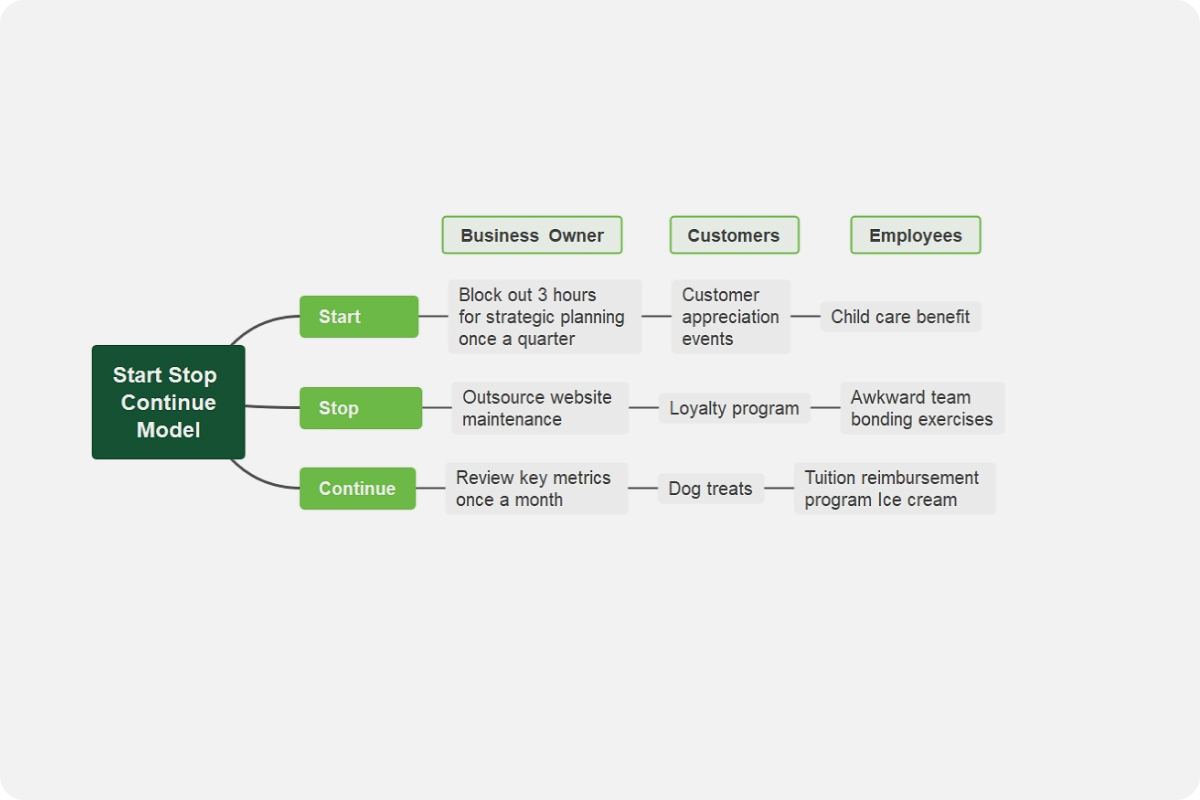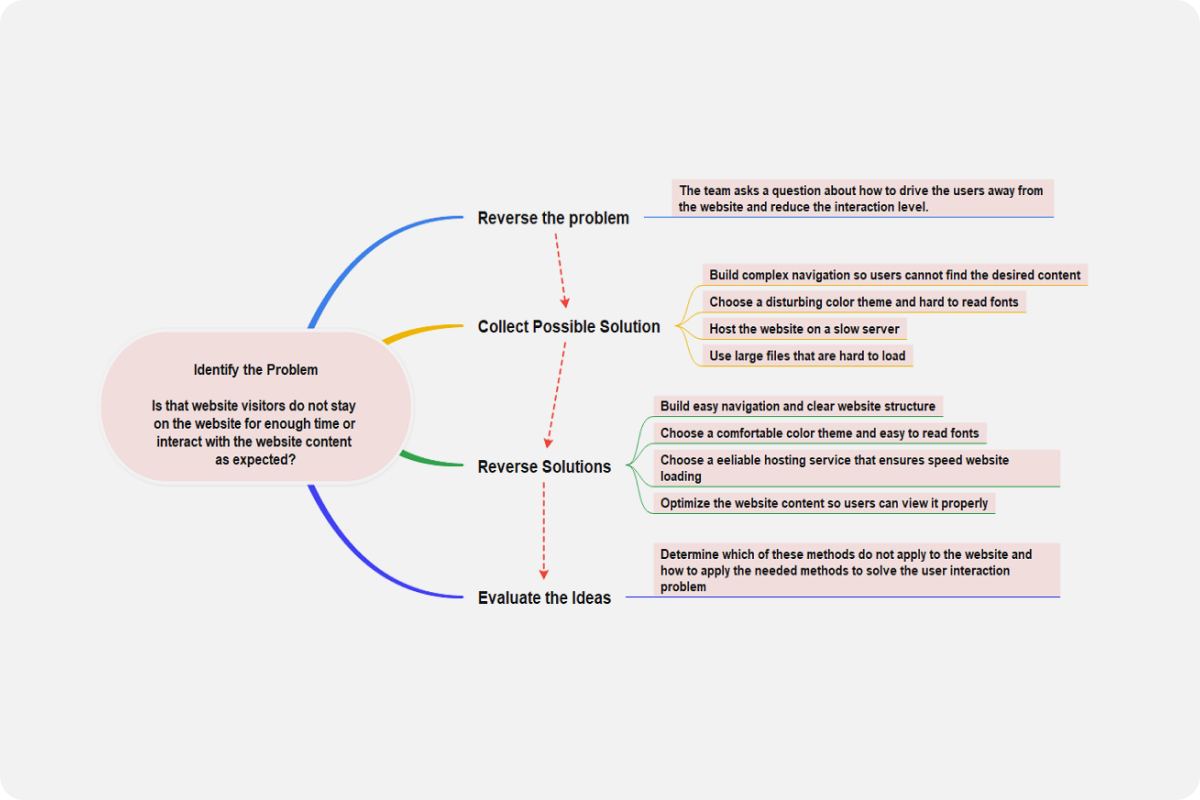About the SIPOC Template
Most organizations and companies use SIPOC templates to understand and better define a new project or current processes in its state.
SIPOC is an acronym for Suppliers, Input, Process, Output, and Customers. The SIPOC diagram is a simplified tool that provides a high-level overview of the product or a process that helps the company or organization in various ways.
From its meaning, it is understandable that the diagram has five dedicated sections where organizations must supply some information to determine potential gaps between each section. This way, they can immediately take action and make improvements to the process. Here’s how it works in a SIPOC diagram:
- Suppliers: The organization or person who gives input to a process.
- Input: Any resources that suppliers provide to a process.
- Process: The steps where an input turns to an output.
- Output: The by-product of the process.
- Customers: The people or target market that receives and utilizes services or products.
When to use a SIPOC diagram?
Creating a SIPOC diagram is beneficial in various aspects and applications, the most popular and common being for continuous improvement on a project or a process. Using a SIPOC template can identify underlying problems, conduct process analysis, and explain business operations to your audience.
Also, SIPOC can clarify vague and unclear areas of the process. It allows team members to determine and centralize details like supplier contacts, target customers, and product specifications.
How to create a SIPOC diagram?
A SIPOC diagram template might be as simple as it looks, but there are suggested steps that you can refer to when creating this diagram. See the list below:
- The first step is to select a business process that will be beneficial in charting a SIPOC diagram. An organization or company can assemble a team around the key players of the process.
- In defining the process, you can include the start and endpoints for the process or just a simple flowchart. This step serves as an overview of the business process.
- The next step is to identify the output. You can provide 3-4 outputs with corresponding information. Outputs and inputs can be anything from materials, services, products, or lead.
- After the output, you need to identify the customers. As discussed earlier, they are people that will receive the output or will benefit from the process. Customers discussed here can also be coworkers, internal stakeholders, or board members.
- In the SIPOC template, you also need to identify the inputs like resources necessary to function accordingly.
- You also need to include the suppliers that will be working with every input of the process.
SIPOC Diagram Examples
The creation of a SIPOC diagram template will depend on who will make and use it. Below will be an example of a process and how each section is supplied with pieces of information. You can imagine that every section corresponds to one column.

